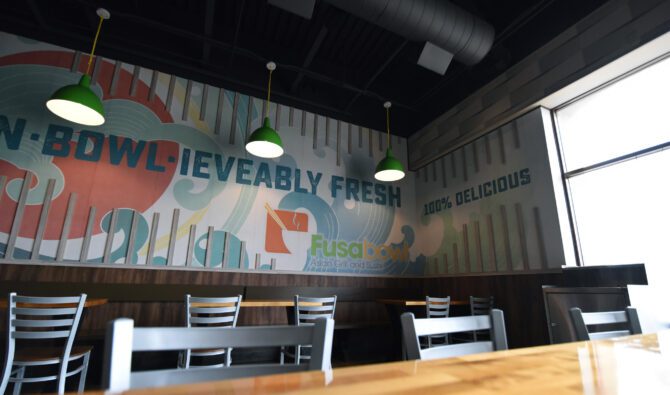Restaurant Design Trends to Watch in 2024
Published on December 13, 2023
Keeping up with evolving consumer demands in the restaurant industry has never been easy — even more so since the coronavirus pandemic hit in 2020. As reported by CNN in August of this year, “Now, over three years later, the restaurant industry is back. But the pandemic ushered in some changes that are here to stay.” The article explains that dining rooms are shrinking, delivery is in demand, and there are still too many jobs for too few workers.
At CIP Retail, our team has also seen significant changes and evolutions in restaurant design trends.
“The need for innovative solutions to attract and keep guests coming back is a priority for our clients,” said Christina Saner, CEO of CIP Retail. “Our focus is to help them create truly unique and memorable experiences to help differentiate them from competitors and leave their guests craving more.”
As we look ahead, here’s a taste of the trends we see continuing and even growing in 2024.
Trend #1: Immersive Experiential Design
Creating emotional connections with restaurant guests will continue to be an important goal in interior design. In addition to satisfying picky palates and noses with delicious foods and smells, many restauranteurs are also looking at ways to delight the other senses.
- Visually Transport Diners to Another World
As the saying goes, we eat with our eyes first. Creating visually appealing dishes is important, but a restaurant’s interior design is equally important if you want guests to experience another culture.
“They see your design first,” said Matthew Valerius, Creative Director at CIP Retail. “And if you want to transport them into another world, it starts the minute they step inside your doors.”
The CIP Design Team did just that with Enson Harbor, a Chinese Dim Sum restaurant designed to create a comfortable and authentic environment. The team immersed themselves in the culture to understand exactly what was needed. They also focused on finding economical solutions for the redesign, a critical strategy for the project’s success. Having in-house designers, fabricators and installers at CIP, allowed the team to hit the mark and implement the desired authentic look quickly.
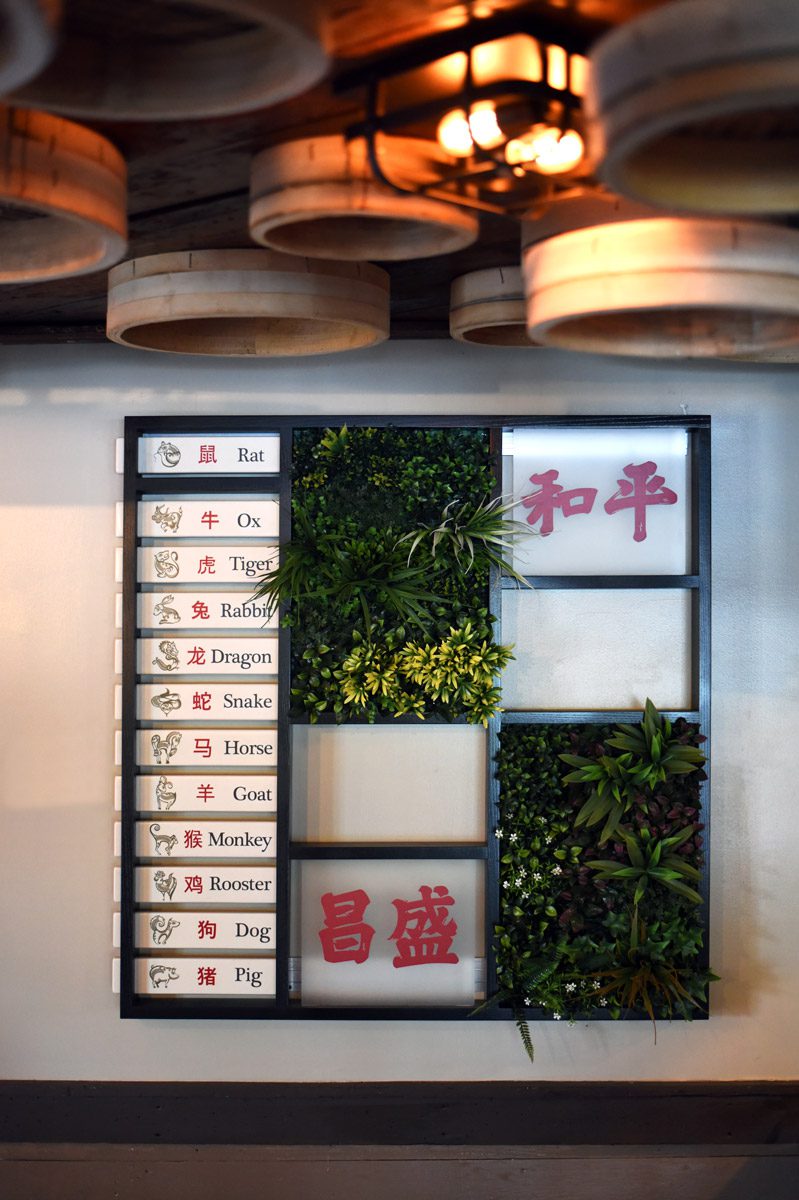
2. Background Noise Matters
Restaurants are naturally noisy. The sound of plates clanging, groups of guests chattering, music blaring, you name it — all happening in, often, small spaces. And the noise level seems to be rising thanks to the trend of wide-open spaces and the repurposing of buildings such as warehouses and old factories.
Design features can play an important role in minimizing noise. Dividers, sound-absorbing materials, and ceiling modifications are important features to consider when thinking about minimizing noise and elevating the customer’s experience.
3. A Touchy Subject
COVID-19 changed the way many restaurants operate. While the avoidance of physical contact has waned, the pandemic’s after-effects still have guests seeking safer dining options. With the use of QR codes as menus, wipeable booth materials, and stylish permanent dividers in smaller spaces, incorporating touch in today’s environment can be tricky, and non-traditional alternatives must be considered.
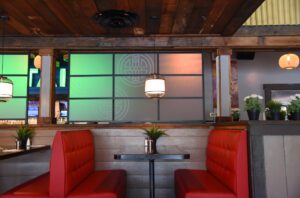
Trend #2: Localizing the Guest’s Experience
Restaurants are finding ways to create memorable experiences for guests. One way to do that is by localizing the design to keep them engaged and loyal. According to a survey by insurance group NEXT, 64 percent of restaurant-goers have intentionally chosen local restaurants over chain restaurants since the pandemic began. Most of the survey respondents said they prefer smaller eateries because they like to support local businesses (87%), like the atmosphere better (69%), and know the people who work there (69%).
“This doesn’t mean the larger chains can’t emulate mom-and-pop designs and incorporate the localization factor,” said Keith Koester, Sales Engineer at CIP Retail. “It also goes way beyond providing specialized dishes. There are many opportunities to incorporate and localize the interior space to make guests feel welcome and part of the local community.”
Buffalo Wings and Rings, with nearly 60 locations across 10 states, understands this well. They’ve incorporated event walls into all of their store redesigns and new builds. Each wall features hyperlocal events, fundraisers, and partnerships that guests care about in their community. They’ve also incorporated a “Brews on Tap” wall behind the bar featuring both local and national beers. Each wall can be customized and updated as events and menu items change, keeping the information relevant and timely.
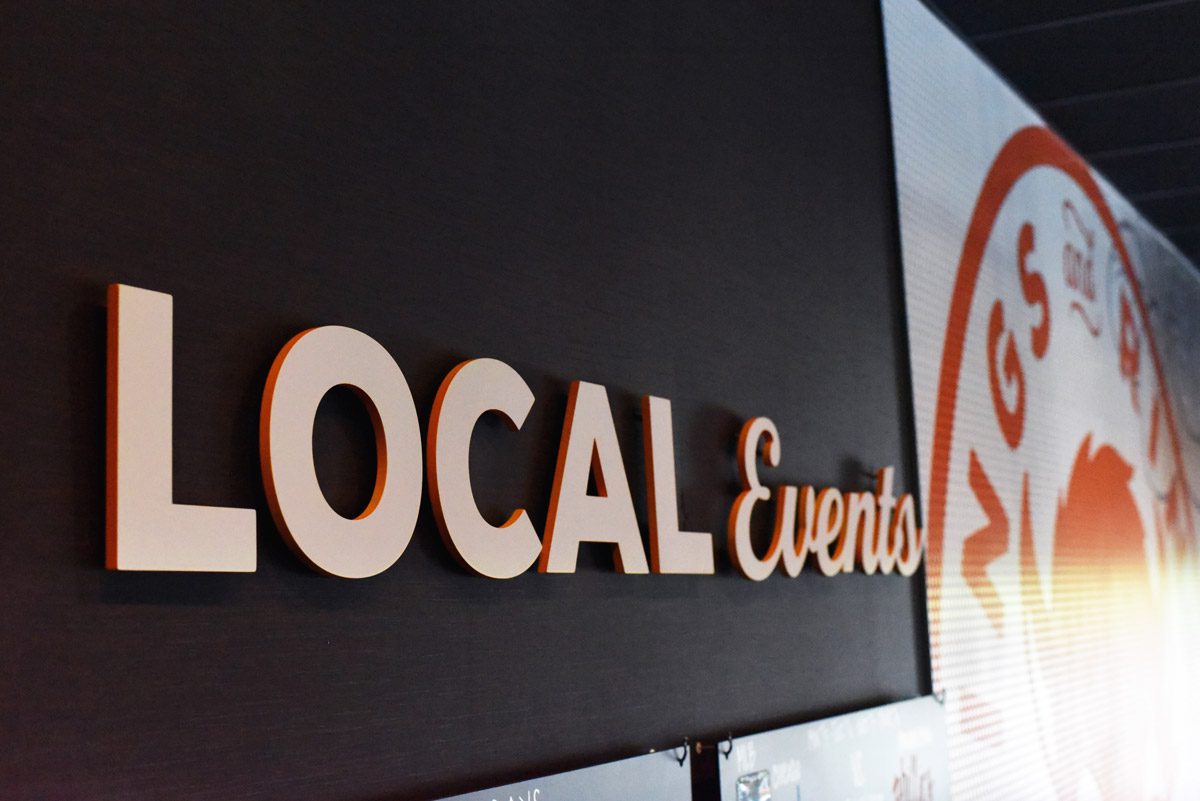
Trend #3 Focusing on Value Engineering
As supply chain concerns and the fluctuating costs of construction materials continue to be a focus, value engineering has become an increasingly critical component in restaurant design. And it’s not going away any time soon. CIP specializes in bringing value engineering expertise to the table.
“Our team can design a space from top to bottom by utilizing cost-saving construction techniques and alternative materials that achieve the same look and feel but at a fraction of the cost,” said Tom Richardson, Sales Manager at CIP Retail. “Even if we do not design the space, we work closely with the client or their interior designers and/or architects to save budgets while enhancing the brand and restaurant aesthetics.”
Examples of value engineering design include:
Material Selection: Reclaimed wood, condensed PVC, and low-maintenance finishes can create expensive looks without the high price tag. CIP recently tackled this challenge for Buffalo Wings & Rings. The original plan of the restaurant redesign involved incorporating white penny tile onto a wall, but the installation process was time-consuming, and the material was expensive when adding it to 80+ locations. CIP replicated the penny tile look by utilizing sheets of condensed PVC. In-house experts then routed out the individual round penny tiles and textured the grout lines to create the same look and feel as an expensive hand-tiled wall.

Smart Lighting: One way to maximize savings is by utilizing LED lighting options. This energy-efficient alternative can provide substantial cost savings, is highly customizable, and helps create the desired mood for the interior space.
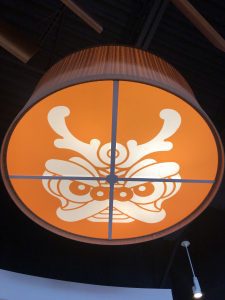
Repurpose Materials: You don’t have to start from scratch for every redesign. Repurposing and reimagining existing furniture, fixtures, and décor items will maximize tight budgets. Instead of creating completely new features and elements for Enson Harbor, CIP re-vinyled large existing cubes and other signs to save valuable time and resources.

The restaurant industry will continue to transform as tastes and trends evolve. Those who place emphasis on value engineering design when budgets are tight and keep pace with consumer demands will continue to thrive and evolve with the changing times.
Want to speak with one of our design experts? Contact us today.
